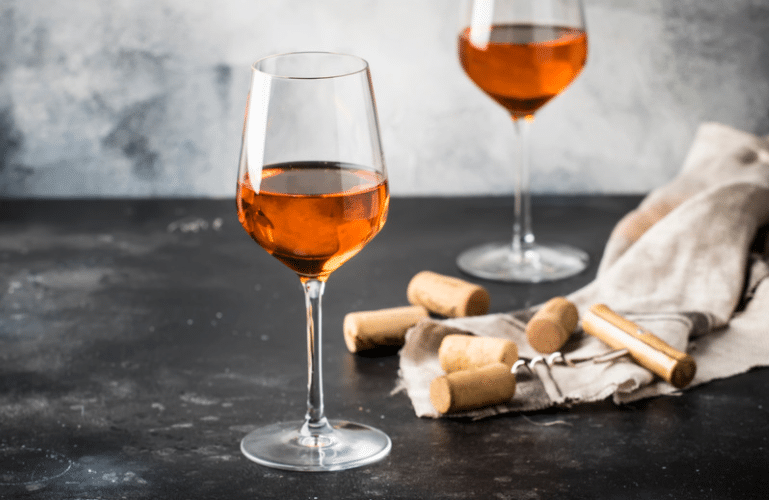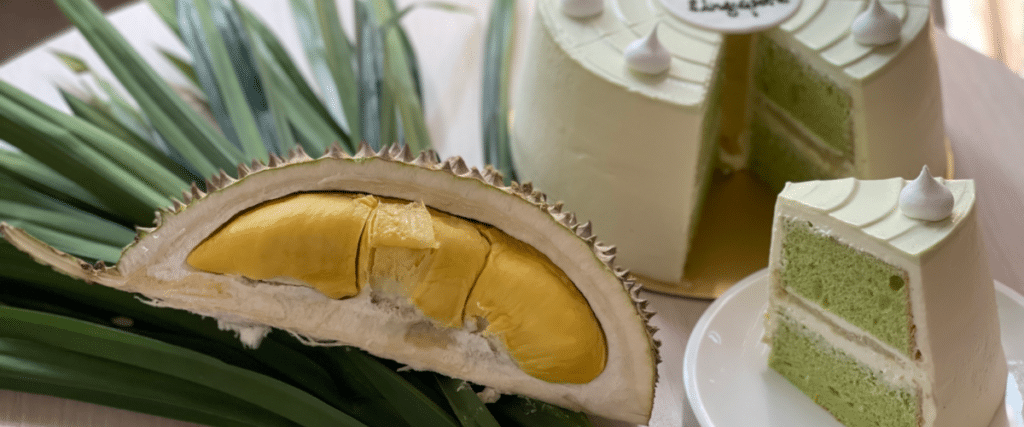Not Fruit wine! Is Orange wine the new RosÉ?

Buckle up – this “trend” has already lasted 5,000 years and it’s still going strong. Orange Wine may have recently re-ignited public interest, but rest assured this unique style of wine – and its accompanying fanfare – has persisted for thousands of years.
What is an Orange Wine?
To answer this question, we first must discuss a fundamental element of winemaking – skin contact with the grapes, i.e., how long the grape juice ferments with the skins of its grapes. Split open a grape and you’ll find that its skins are what give it it’s remarkable colour, not its flesh. Many flavour elements of grapes are also found in its skins, making the duration of skin contact a vital component of winemaking, determining not just the colour of your wine, but also its unique taste profile.
Red wine, made from red grapes, sits in its skins from days to weeks. Rosé is made with a shorter contact with its red grape skins, ranging from hours for a lighter hue to days for a more vivid pink. White wine barely sits in the skins of white grapes (and occasionally red grapes) to preserve its crisp, pale colour and its floral, green fruit notes.
Enter orange wine. Made from white grapes as with white wines, its juices steep in the skins for days, weeks, and even months. This gives the orange wines its signature colour, which ranges from a light, deep straw colour, to deeper honey and amber hues. Skin contact doesn’t only affect its colour, it also affords Orange Wine a more challenging complexity than a crisp Chardonnay.
Instead, orange wines tend towards being more robust and full-bodied than its white counterparts. It adopts more savoury and deep flavours that you don’t tend to find in white wines, but often retains the refreshing acidity of white wine that complements its more complex flavours.
At the Restaurant
This Month, we’ve brought in two incredible orange wines from Portugal. The first is a straw-coloured wine from the Vinho Verde region, known for producing vibrant white wines and sultry, tannic reds. Alvarinho Contacto is so named for the skin-contact of Vinho Verde’s famed Alvarinho grapes. A short skin contact period gives it a light, straw colour, with a markedly mineral aroma and an elegant acidity.
The second (and our team’s personal favourite) is the A Laranja Mecanica, named after the film and novel, a Clockwork Orange. It comes from the one of the most famous wine regions in Portugal, Alentejo, known for its wealth of terroir and easy-drinking red wines. The A Laranja Mecanica has an exuberant nose, with a deep honey colour. Perfumed with notes of candied orange and quince, while preserving a unique savoury quality, makes this an excellent de facto orange wine.
Try these wines now from 1–30 September at SPRMRKT Dempsey Hill. Make a reservation here to try these incredible wines.


